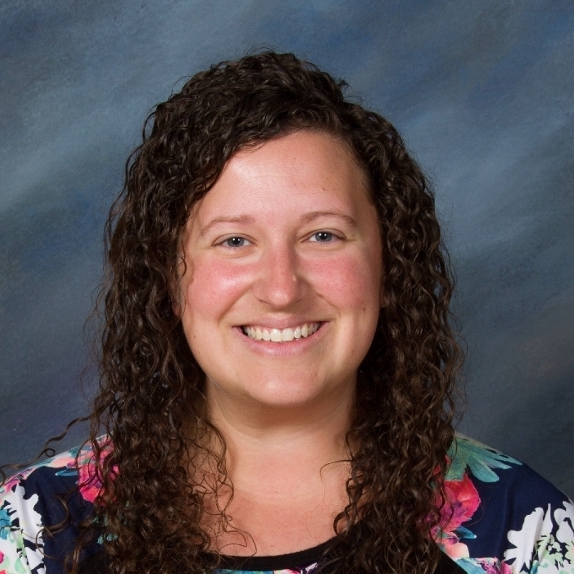According to Dr. John Hattie’s educational research examining hundreds of factors that influence student learning, what has the greatest impact on student achievement is collective teacher efficacy. Collective teacher efficacy is the idea of teachers sharing a common belief that they can positively impact student achievement. Unfortunately, collective teacher efficacy is not as black and white as some other factors that have been found to impact student learning. Unlike a specific teaching strategy or life circumstance, it is a relatively abstract concept that requires certain attitudes and beliefs among a large group such as a faculty. It takes intentionality and a variety of practices to promote collective teacher efficacy in a school.
I’m a pretty practical person, and I realize that inspirational speeches only take us so far in our quest to be effective. In my travels as a curriculum director, I have consistently found that one of the most foundational practices for promoting collective teacher efficacy among faculty is establishing clear goals in conjunction with practical tools to meet those goals. When educators have clarity and tools regarding how to reach a specific school goal and can approach students with similar expectations, greater progress can be made.
Recently, my school spent time evaluating testing data that indicated that our students could benefit from a change in the ways we teach and encourage good reading, writing, and speaking practices across our curriculum. We developed an initiative to address this as a school-wide approach and established guidelines specific to reading, writing, and speaking. These school-wide outcomes are scaffolded by grade level to allow students to start by being supported in building foundational skills as freshmen. In subsequent years, students can build on these skills and meet rising expectations, with our end goal being that students can read, write, and speak effectively to communicate ideas in a rational way as high school seniors. By developing grade-specific standards for our specific school, we have been able to tailor our instruction and English teaching practices to specific grade levels across our entire curriculum. Teachers scaffold similarly across grade levels, which leads to a much higher level of clarity for students. They know what teachers expect from them without question. These school-wide outcomes, in addition to developing specific guidelines for different types of writing, have given teachers very black and white expectations about what makes good writing.
The consistency that this has provided for our students has led to much higher-quality writing with much lower levels of intervention. For example, I recently had my sophomore Biology class write a claim about a scientific investigation we were conducting. I gave them the writing guidelines for this type of writing assignment, and I very clearly articulated that these school-wide guidelines are my expectation for their claims. I even printed the expectations for each lab group so that they were able to reference the physical copy as they worked. As I worked through assessing their writing, I found that 58/60 students had followed these guidelines. I was clear with my expectations, I put the expectations in front of them, and they have had frequent exposure to these expectations across all of their courses. All of these things are consistently leading to much better outcomes.
Today, we are working to incorporate these school-wide outcomes into our curriculum maps. The Curriculum Trak program has a specific “school-wide outcomes” field so that we can look at the outcomes in a separate field. This gives individual teachers a place to track their work on this initiative and also allows me as the curriculum director to see which of our outcomes are being addressed and at what rate throughout the entire curriculum. We are now better able to see the gaps across the entire curriculum so that we can begin asking questions about which courses we could employ to fill those gaps.




